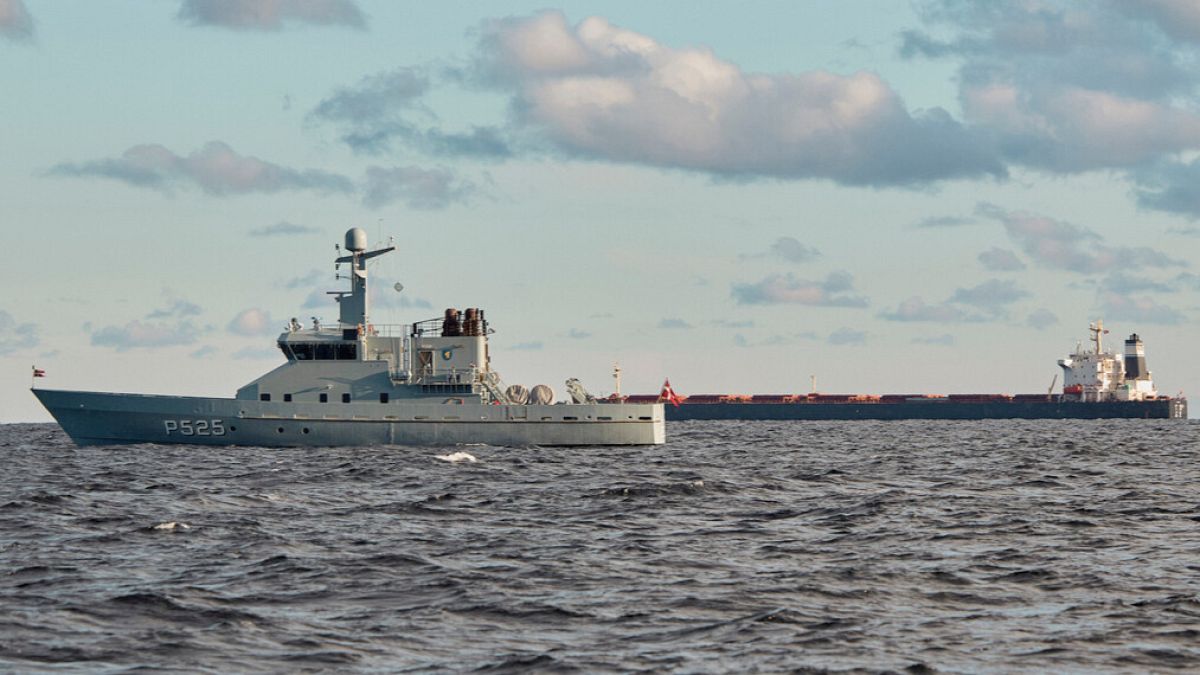A unique Auckland geographical feature is now listed among the world’s most significant geological sites by the International Union of Geological Sciences (IUGS).
The megapillow lava flows at Muriwai are millions of years old, and are one of only 200 features around the world recognised as Geological Heritage Sites by IUGS.
The Giant’s Causeway in Northern Ireland is one of those sites the Muriwai megapillows now find themselves in league with.
Auckland Council today said the feature was added to the list in August this year.
West Auckland’s megapillows, located in Muriwai Regional Park, were added to the prestigious list in August 2024 and fall under the care of Auckland Council.
“This special site at Muriwai is one of many taonga natural features that we care for in the regional parks network, to ensure that visitors can enjoy them for generations to come,” Auckland councillor Richard Hills said.
“It’s also one of around 250 important geological sites in the region that are recognised and scheduled for protection in the Auckland Unitary Plan.”
Auckland Council’s geologist and natural features specialist Kate Lewis believed Muriwai is one of the best locations to see lava pillows.
“From the beach, visitors can see giant fans of lava pillows stretching 20 metres high and 30 metres wide, across the main cliff face.
“Each fan provides a cross-sectional view of the pillows themselves and also the vent or feeder tube that once supplied fresh lava to the pillows that surround it,” she said.
“These shapes emerged after a massive underwater volcano erupted close to Waitākere 17 million years ago. When flowing lava is cooled quickly by the ocean, it forms a surface crust over bulbous folds that look like pillows.
“The liquid inside the lava flow pushes forward, and pressure from behind the crust cracks it, so more lava pushes out to form adjacent folds.”
Four other New Zealand geographical features are on the IUGS’ list of 200 Geological Heritage Sites.
Those sites are the fjords of Fiordland, Ruapehu volcano, Rotorua’s geothermal fields (Ahi-Tupua) and Maruia Falls.












